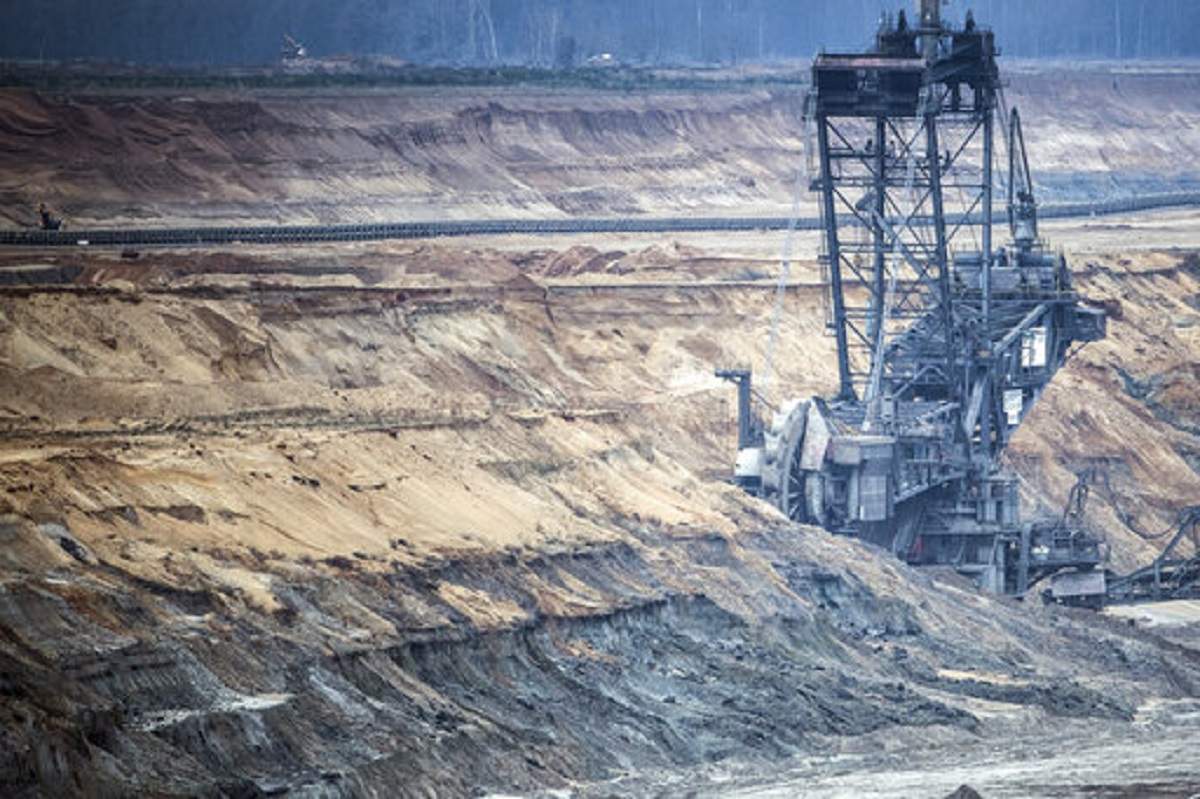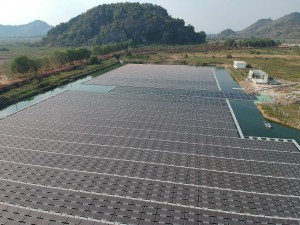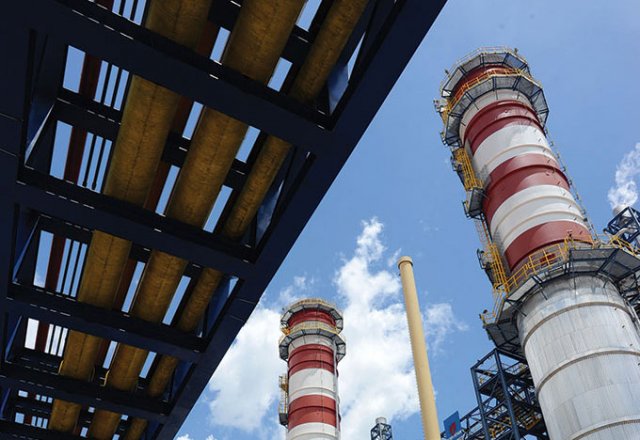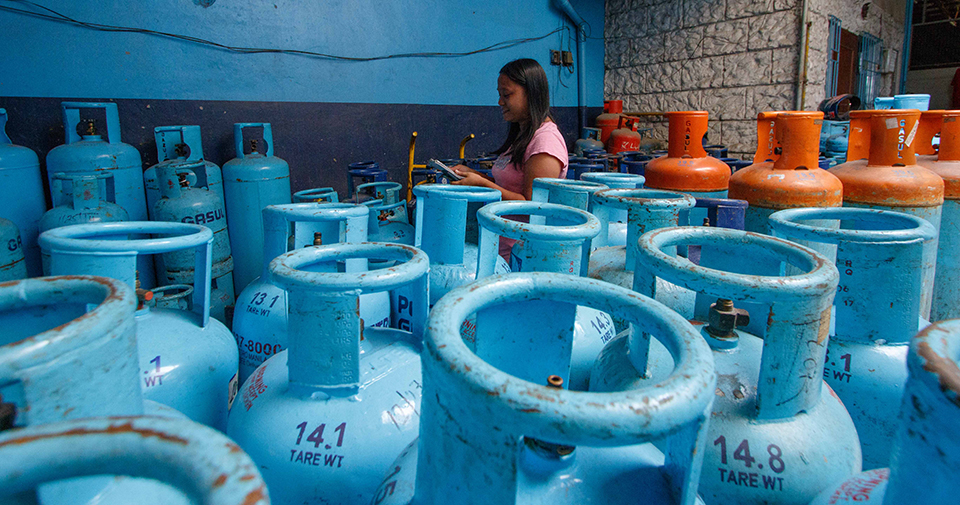With energy demand growing nearly 8 per cent last year, Vietnam faces significant power supply challenges, Ms. Mary Tarnowka, US Consul General in Ho Chi Minh City, told the seminar. Over the next three years, southern provinces may face shortfalls of 1.2-1.6 billion kWh each year and have been tasked with building 16 additional thermal power plants by 2030.
Vietnam is at a turning point in its energy transformation process and is gradually reducing its dependence on coal-fired power plants, according to Mr. Le Van Luc, Deputy Director of the Electricity and Renewable Energy Authority at the Ministry of Industry and Trade (MoIT). The transformation creates the conditions needed for Vietnam to apply modern, clean energy technologies, including solar, wind, and natural gas.
Within the framework of the seminar, the US Trade and Development Agency (USTDA) announced its intention to support Electricity of Vietnam (EVN)’s development of an LNG terminal in the southern region. It will fund a feasibility study to aid EVN in its assessment of site selection and other core elements of the terminal, including a port, storage facilities, regasification, and related infrastructure, which will allow EVN to plan its use of LNG as a fuel source for power generation and plan other services and facilities.
Many US energy firms have reportedly been working alongside local partners to boost Vietnam’s LNG imports and increase the country’s gas-fired power generation capacity. The US-based Energy Capital Vietnam (ECV), a Vietnam-focused project development and asset management company, has expressed a commitment to Vietnam’s energy security strategies. Mid last year it signed an MoU with the Mekong Delta’s Bac Lieu province on the development of a project costing $4 billion, then in November announced that the project had been moved to central Quang Nam province.
French oil giant Total, meanwhile, is planning to invest in the Ca Na gas-electric complex in south-central Ninh Thuan province. In November, during the official visit by French Prime Minister Édouard Philippe to Vietnam, Total signed an agreement with Ninh Thuan on research and development for the project. The company and its partners have also proposed building a complete LNG facility to supply natural gas to both power plants and the area in general.
Similarly, Royal Dutch Shell last December also expressed an interest in becoming the LNG supplier for PetroVietnam’s projects, at a meeting with PetroVietnam’s Deputy General Director Le Manh Hung in Hanoi, as the local oil and gas giant is looking for short- and long-term LNG suppliers for its Thi Vai LNG terminal in southern Ba Ria Vung Tau province. PetroVietnam is also waiting for MoIT’s approval of a feasibility study for the Son My LNG terminal in south-central Binh Thuan province.
Seizing potential
Among other moves, the US-based Alaska Gasline Development Corporation (AGDC) signed a letter of intent (LOI) early last year to provide PV Gas with LNG from the Alaska LNG project. AGDC recently confirmed with VET that it would continue to work under the terms of the LOI with PV Gas to develop a mutually beneficial contract for the offtake of LNG. It sees great prospects for Vietnam’s future as a consumer of LNG and has had positive experiences in its business relationships in the country.
Despite the lack of infrastructure and local gas resources, competition is heating up in the gas-to-power sector, with a number of billion-dollar LNG-fired power plants currently in the planning and investment stage. Vietnam is considering the potential of the LNG-to-power business, as demand for electricity is approximately 3,000-4,000 MW annually. At least half of demand could come from LNG, as hydro resources are at their limit, the development of coal-fired plants is facing difficulties due to environmental impact issues, and renewable energy is not yet technically reliable, a Thai advisor in renewable energy told VET.
Vietnam has greater potential for LNG power and infrastructure development than other markets in the region due to two factors, according to Mr. David Lewis, CEO of the ECV. “Firstly, it has realized very little private sector development of energy infrastructure relative to its regional peers,” he said. “Secondly, the future for power demand in Vietnam is incredibly strong, primarily due to the impressive GDP growth Vietnam has experienced. As it becomes a hotbed for manufacturing due to its attractive investment environment, the need for electricity consumption grows exponentially.”
These factors combine to create an environment whereby electricity consumption grows by over 10 per cent per year, which compounds the need for more sources of electricity generation. LNG is an excellent fuel source to enable this growth, while simultaneously protecting the environment and providing secure fuel supply with stable pricing, due to abundant gas reserves from the US, he added.
Mr. Gavin Smith, Vice Chairman of the EuroCham Green Growth Sector Committee, said the energy security Vietnam has enjoyed will be extended with the growth of the local gas supply, which is the natural partner of renewable energy, as well as greater energy efficiency. Gas is a flexible base-load power source with much lower emissions than imported coal and is abundant close to home. According to Viet Capital Securities (VCSC), the supply of gas will grow during 2021-2025 due to the number of large gas fields being put into operation as well as increased LNG imports for the Nhon Trach 3 and 4 power plants, also invested by PetroVietnam, which will operate from 2021.
In need of government support
Gas power can play an extremely important role in the future master plan, primarily because it offers Vietnam a cleaner alternative to coal at competitive pricing. “In order to help strike a balance between the various natural resources, the government should create a transparent regulatory framework to enable private sector investment to help develop gas infrastructure,” the Thai advisor said. “This will also require the development of fair and transparent price mechanisms that account for gas fuel supply.”
Despite the level of investment coming, foreign investors still face many challenges in infrastructure investment in Vietnam, according to Mr. Lewis. Primarily, foreigners have been afraid of investment in energy in Vietnam due to extended delays and slow implementation of investment-friendly policies. However, the government has enacted recent changes that will attract foreign investment and provide them with investment mechanisms that enable them to develop critical infrastructure and still realize fair and reasonable investment returns, he added.
He also believes that private development of LNG infrastructure will offer Vietnam a healthy alternative to development by State-owned enterprises (SOEs). The use of private capital helps to create a more efficient model of investment, he explained, whereby quality and cost control is of the utmost importance at every step during development, which all help to keep the cost of electricity as low as possible and efficiency high. “Our goal is to provide the Vietnamese Government with a comprehensive and reliable solution to deliver privately-financed energy infrastructure at cost competitive prices, with the ability to scale to meet demand in Vietnam,” he added.
Industry insiders see that the use of LNG is more complex because infrastructure such as transport networks, ports, storage facilities, and pipelines need to be put in place. Supplying LNG needs to be done on a long-term contract, with prices able to fluctuate as costs rise. As gas is a major input in electricity generation, electricity tariffs also need to be adjusted as needed. Since the gas cost is the main component, it must be used as efficiently as possible to cut generation costs.
One crucial matter for investors is project financing, with power purchase agreements (PPAs) needing to be acceptable to banks. Investors also need to demonstrate to the bank that they can repay loans under existing PPAs, and must seek government guarantees, reasonable tariffs, fuel transfer clauses, and a minimum take of the electricity generated.
VN Economic Times










